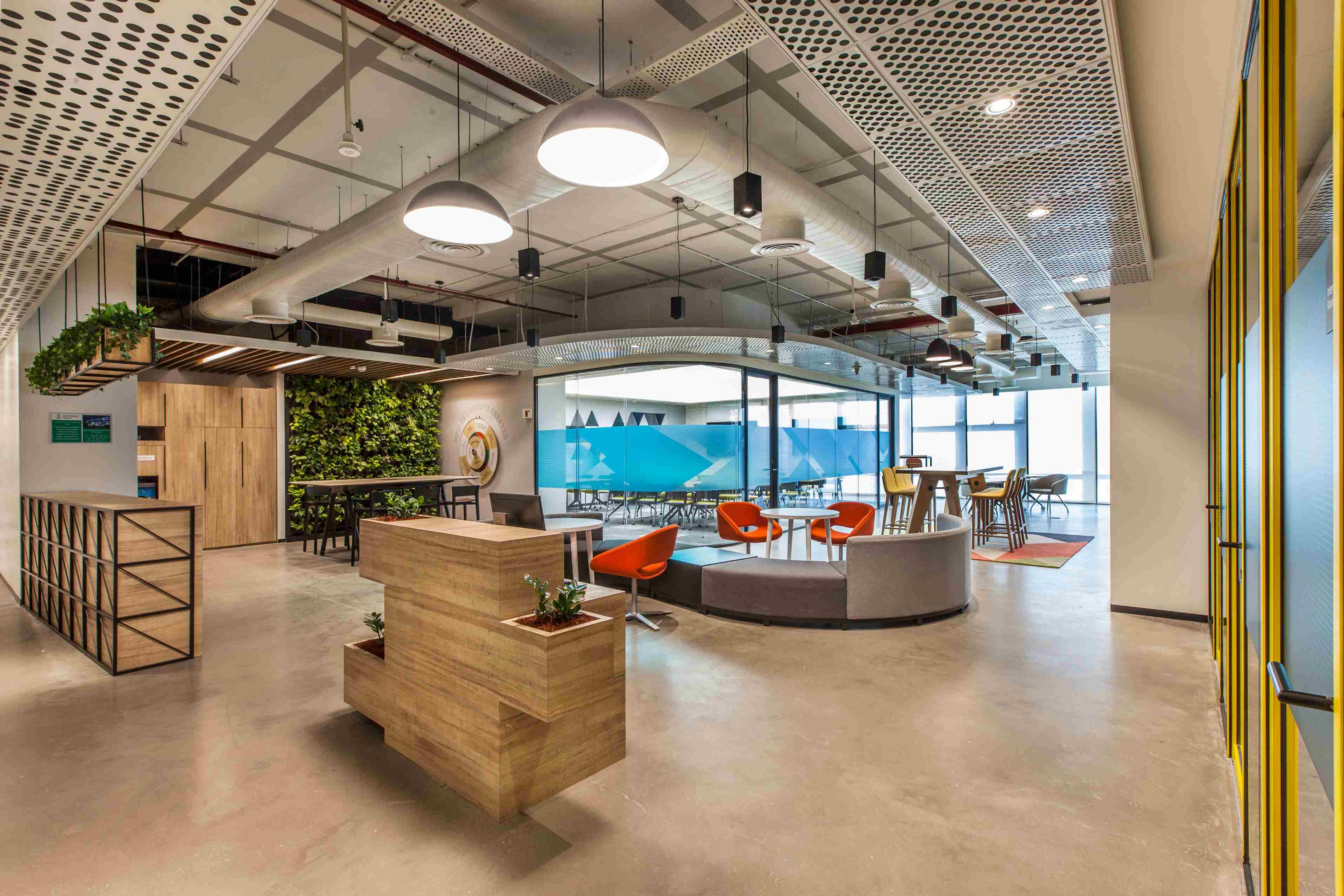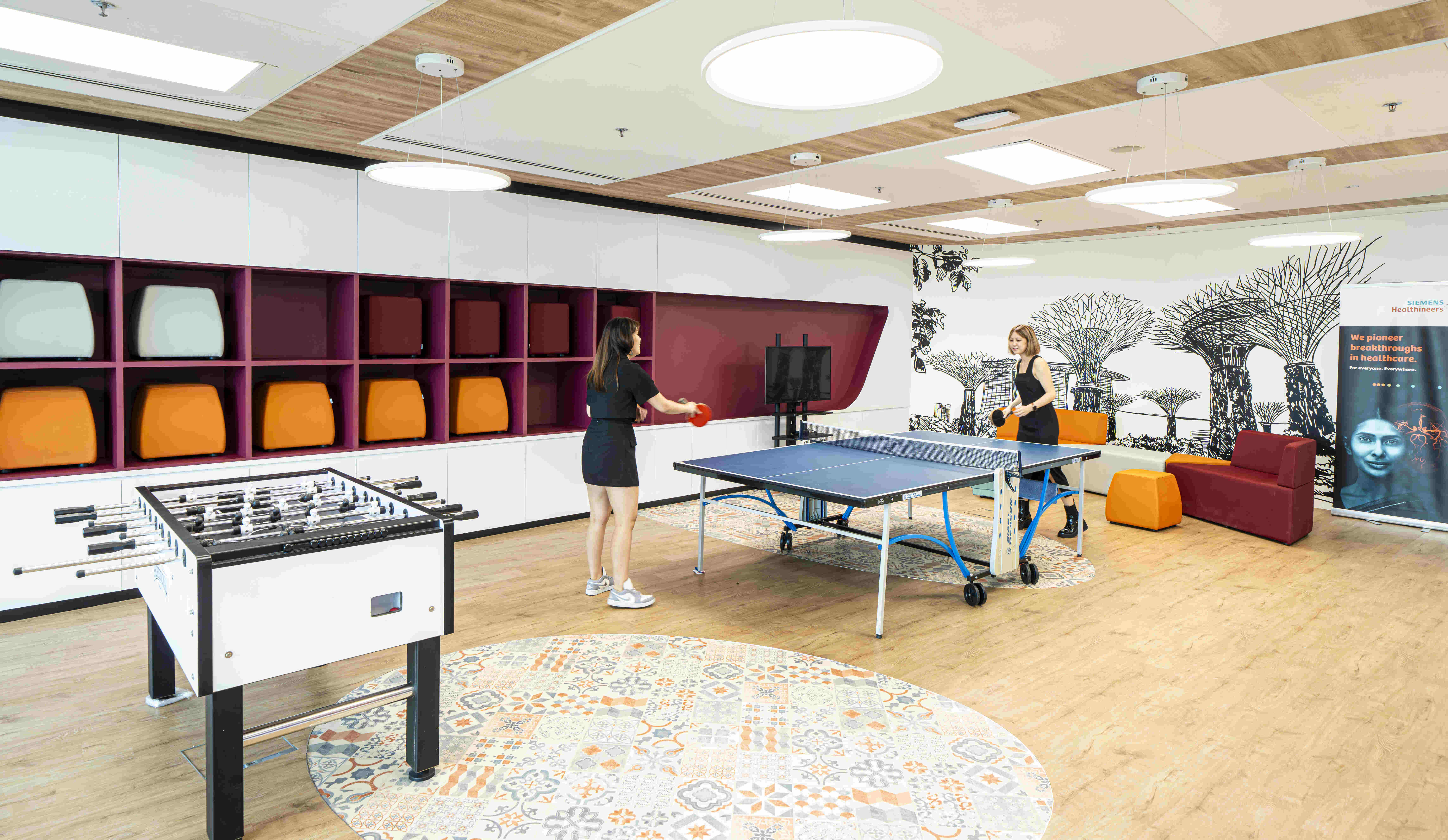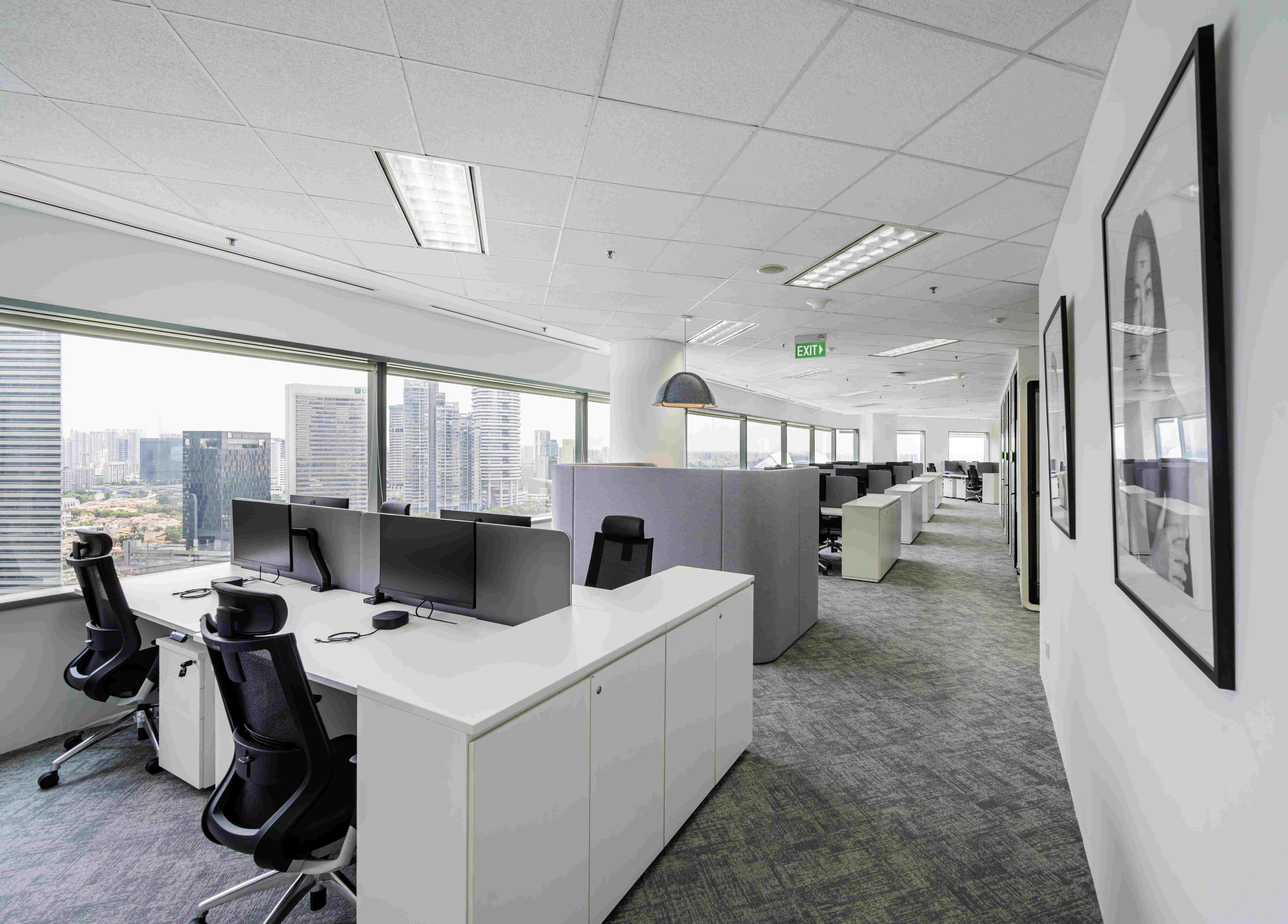Series B, Series C and on to the future: What funding rounds mean for tech unicorns and startup office design
A tech firm that started out in a garage and went on to become a multi-billion dollar giant is nothing short of a modern day Cinderella story.
Just like the beginning of the fairy tale, the early days of a startup are a whirlwind of hard work and late nights. With creating the proof of concept, developing an app, designing a website, generating buzz about the new product and a million little things in between, the focus is firmly on getting the business off the ground.
However, once these unicorns have fine-tuned their product, built an extensive customer base and occupied a niche position in the industry, investors and venture capitalists jump in to put their money behind them. In fact, in the first nine months of 2018, unlisted Chinese companies raised the equivalent of more than $80 billion in funding, roughly on par with the U.S.
By the time a tech startup receives this kind of Series B and Series C funding, they are well past the nascent stage of operations. The company now enters the next phase of its cycle — that of building, growing and thriving.
It is here that companies experience subtle but important changes in the way they function. Now, it is extremely important to be agile and forward-thinking, not just in operations, but also with one’s office design too. When a tech startup receives Series B or Series C funding, here are 5 ways their office design should adapt.
1. Scaling up operations
Post the Series B funding round, companies are firmly in the growth stage of the cycle. Tech firms will likely look at growing their teams substantially, with multiple hiring rounds. Companies that have received Series C funding may even be looking at some strategic acquisitions or mergers with companies that can provide a competitive advantage.
This means the number of people in the company would multiply at a rapid rate — so the startup office design should plan for this growth. Design elements that allow for flexibility are a great way to ensure agility. Think open workspaces segmented with partitions that move along tracks or interconnected meeting rooms that can be sectioned off with movable walls. A step seating area that accommodates anything from 10 to 100 people is yet another fantastic office design concept for tech firms that seek flexibility.
2. Using practical parameters for gauging workforce behaviour
At the early stages of a startup's life cycle, workforce behaviour can only be assumed. The office interior design is based upon the aspirations that the management has in terms of work culture. For instance, startups that value a transparent, collaborative culture may want an open work area where everyone sits in one space and brainstorms together.
However, by the Series B and Series C funding rounds, operations managers may notice that teams are seldom sitting together because people are frequently out at meetings. This is a good time to relook at the office design and make data-backed decisions on how the space can align with day-to-day realities. In this case, it might be a good idea to redirect the space devoted to open work areas and build more meeting rooms so that people who are not in office can easily collaborate with their teams. Employees’ timings, remote working habits, their day-to-day tasks and accessibility requirements are other factors that might guide workplace strategy.
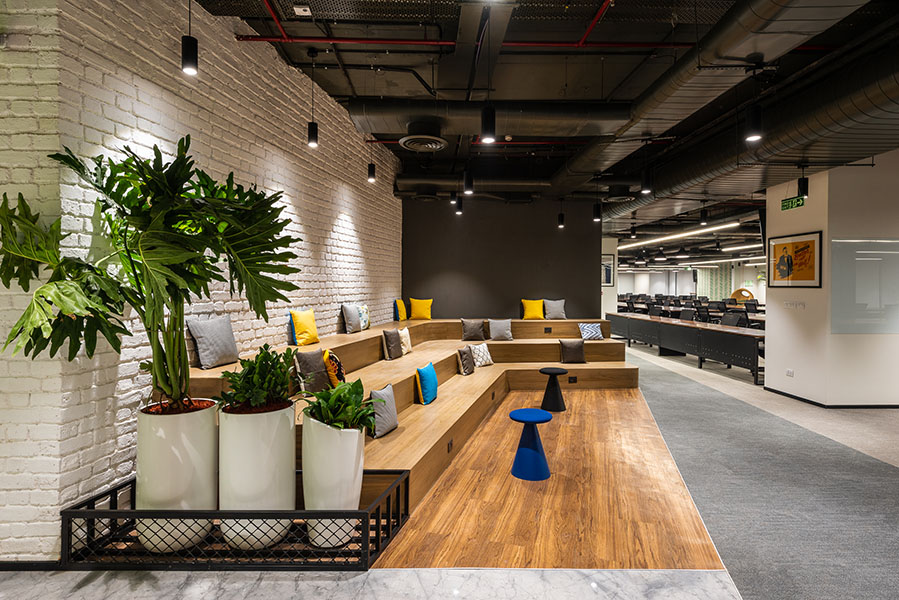
Browserstack, a web and mobile browser testing startup featured in the Forbes 2018 Cloud 100, kept this in mind when setting up their office in Mumbai. Taking into account the developers’ involvement in more collaborative work, the space has formal and informal meeting rooms, phone booths and brainstorm zones that account for the multiple roles and activities that the employees take on.
3. Stronger focus on branding
Unlike the initial stages where most of the resources were diverted to perfecting the product, this stage calls for a sharper focus on branding. The company has recognition in the industry now, so they can expect a higher footfall, with investors, clients and partners frequently visiting their offices.
The space should thus be designed to make a good first impression, and establish a strong brand recall. Instead of a traditional reception area, many modern firms are opting for a digital wall at the entrance. These walls can be designed to play branded videos and animations that interact with real-life objects in the room, and can even be fitted with sensors that respond to any movement near it. Not only is this an opportunity for companies to educate visitors about their brand, but this is also a great way to display their technical expertise in a fun, unique way.
4. Living up to company values
When a startup is founded, it sets down certain values that will hold them accountable to customers and stakeholders. By the time they get to the Series B and Series C funding rounds, these values are no longer just buzzwords — they have been in the market long enough to actually put them to test.
So it is important that the space they work out of reflects their values through design. For instance, that sustainability is one of its core values only becomes believable if a company actually uses green energy solutions and eco-friendly practises in their workspace design. Likewise, if a company is a serious proponent of employee wellbeing, they can live up to this by having nap pods, game rooms and well-stocked pantries in their office. For goal-oriented tech firms, leaderboards and trophy walls are ideal for marking achievements and milestones.
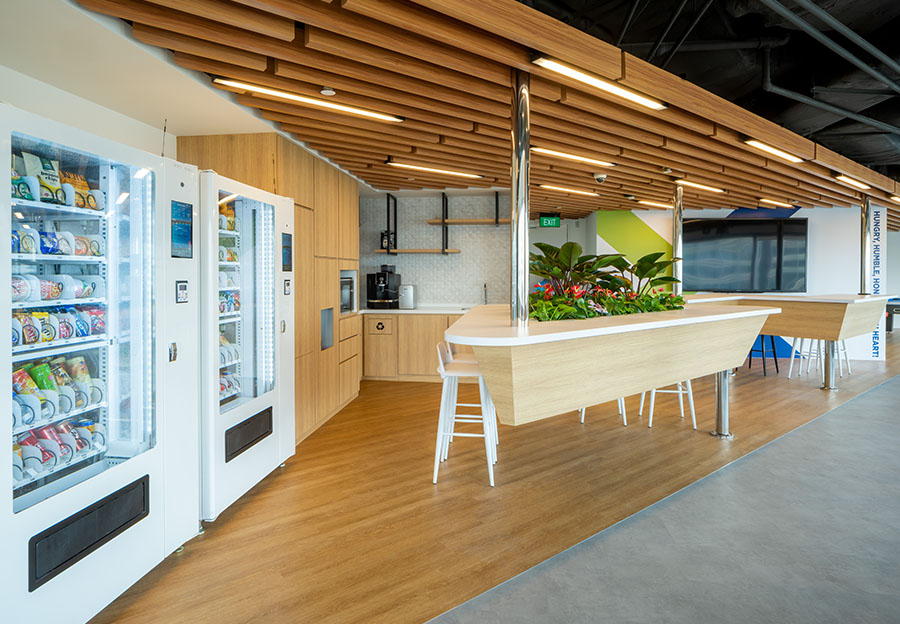
Nutanix, a unicorn startup that focuses on hyper-converged infrastructure offerings, went through multiple rounds of funding before debuting on the Nasdaq. When establishing its Asian headquarters in Singapore for its sales team, employee well-being was an important factor. With wellness rooms, a mothers’ room and a striking collaborative breakout area, the office design highlights the company’s commitment to their workforce.
5. Satellite offices
Tech startups that have received Series C funding, may be looking to widen their geographical reach and take their products global. One great way to enter new markets is by
setting up satellite offices. Strong communication channels between the company headquarters and the satellite offices are key to the success of this expansion plan.
Before taking this leap, it is advisable to move towards tech-enabled offices that will help teams connect and collaborate with colleagues anywhere in the world. Reducing hardware dependency and embracing software-centric solutions make sense here. The function of the satellite office and the local policies of the country it is based in should be taken into consideration. China, with its vast talent pool, progressive foreign business policies and Free Trade Zones, is one of the top choices for startups that are considering a satellite office. But one should take China’s firewall policies into account, which may restrict access to certain software and websites. A smart workplace strategy would work around this with a good state-approved VPN service.
Whether a firm is aiming for expansion, looking for further funding or simply trying to transition from a startup to a thriving business, it needs to develop a sound, agile workplace strategy. Smart workspaces that tailor themselves to the changing realities of a company, and leave room for growth can pave the way to future success.
If you have just received Series B or Series C funding, congratulations! As you plan out your next milestone,
we can ensure that your workplace is not left behind.
1https://asia.nikkei.com/Spotlight/Startups-in-Asia/Billion-dollar-tech-startups-hold-promise-for-China-s-economy


 Browserstack, a web and mobile browser testing startup featured in the Forbes 2018 Cloud 100, kept this in mind when setting up their office in Mumbai. Taking into account the developers’ involvement in more collaborative work, the space has formal and informal meeting rooms, phone booths and brainstorm zones that account for the multiple roles and activities that the employees take on.
Browserstack, a web and mobile browser testing startup featured in the Forbes 2018 Cloud 100, kept this in mind when setting up their office in Mumbai. Taking into account the developers’ involvement in more collaborative work, the space has formal and informal meeting rooms, phone booths and brainstorm zones that account for the multiple roles and activities that the employees take on.
 Nutanix, a unicorn startup that focuses on hyper-converged infrastructure offerings, went through multiple rounds of funding before debuting on the Nasdaq. When establishing its Asian headquarters in Singapore for its sales team, employee well-being was an important factor. With wellness rooms, a mothers’ room and a striking collaborative breakout area, the office design highlights the company’s commitment to their workforce.
Nutanix, a unicorn startup that focuses on hyper-converged infrastructure offerings, went through multiple rounds of funding before debuting on the Nasdaq. When establishing its Asian headquarters in Singapore for its sales team, employee well-being was an important factor. With wellness rooms, a mothers’ room and a striking collaborative breakout area, the office design highlights the company’s commitment to their workforce.
